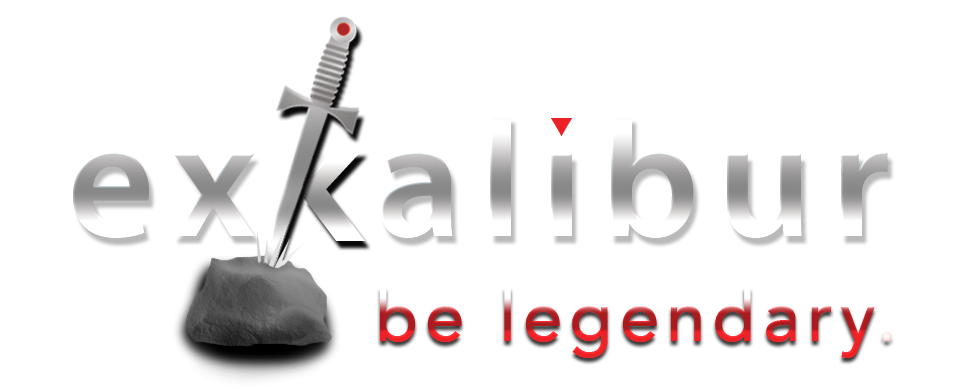Remember this about Sir Isaac Newton because his 2nd Law has a powerful insight that will help you streamline your business processes and accelerate your growth.
A mazon has one obsessive focus that has helped them achieve online dominance. What is it?

Amazon accounted for 43% of all 2016 Online Revenue
New data from Slice Intelligence shows that Amazon’s innovation is paying off:
“Spending with Amazon – including sales from first and third party sales, Amazon.com and Prime Now – accounts for 43 percent of all the revenue generated in the U.S. online market in 2016. Even more astonishing, Amazon accounted for 53 percent of all online sales growth in the United States. No small feat as e-commerce grew by 24 percent last year, and will likely account for 10 percent of consumer sales in 2017.”
Astonishing is right, and with a market value of $370 Billion, Amazon is on a roll.
How do you account for their meteoric success?
What Role Does Momentum Play?
[pullquote]The force acting on an object is equal to the mass of that object times its acceleration. ~ Newton’s Second Law of Motion[/pullquote]
I’ve described in the past why the lack of momentum is the most lethal force in your business.
It’s a powerful force you can harness to get things done … and yet it’s virtually invisible and often overlooked for the power it possesses.
How often have you found that initiatives you’ve launched have ground to a halt?
You started out on the right foot, got everyone working together, everyone knew what he or she was supposed to do … and then it stopped.
Cold.
Why does that happen?
Inertia Gets in the Bloodstream When Momentum Takes a Hike
Let’s see what our new best friend, Sir Isaac Newton, would suggest by applying his Second Law of Motion to gain some valuable insights about how to turn things around.
F = M x A: Force equals Mass times Acceleration
In his 2nd Law, Newton concluded that the acceleration of an object is dependent upon two variables – the force acting upon the object and the mass of the object.
You can catch all the details in my lack of momentum article, but for our focus today, just remember that …
Force Does Not Cause Motion – It Causes Acceleration.
The concept of inertia means objects in motion only stop because some kind of friction – something gets in the way to stop their progress.
How does friction work?
If you slide a book across a table, you’ll see it slide to a rest position. The book comes to rest because of the presence of a force – that force being the force of friction – which brings the book to a rest position.
If it weren’t for the friction, the book would continue in motion with the same speed and direction – forever! (Or at least to the end of the table top.)
Newton reminds us that Friction is the Resistance.
It represents the obstacles in the way of your initiatives … those forces that resist movement … resist change … resist the force you apply to move your projects forward.
You should read Steven Pressfield’s manifesto, Do The Work, a vernacular attenuation of his book, War of Art, where he first introduced the Resistance, and describes the forces constantly working against us.
Here’s the Crux of Amazon’s Success
As a long time Amazon customer, aficionado and observer, I think Slice Intelligence nailed it when they identified why “Amazon’s dominance has continued in the face of stiff competition from every major retailer.”
Here it is:
“Simply put, Amazon maintains an obsessive focus on removing every pain point from the buying process.”
They’re obsessively focused on the golden nugget of Newton’s 2nd Law.
They’re getting rid of Friction in the buying process wherever they find it.
How Can We Put Newton’s Law to Work For Us?
How do we put Newton’s Laws to work FOR us rather than AGAINST us?
What can we do to emulate Amazon’s success … or to extrapolate from Slice Intelligence’s finding …
“maintain an obsessive focus on removing every pain point from [any and all] processes.”
By following these 4 Essential Practices Required to Finish What You Started, you’ll have a great head start to KILL THE FRICTION.
1. Set Clear Expectations
I seem to talk about this incessantly. It’s an numbingly simple credo and yet so many leaders don’t take the time to do it right.
When I wrote, Is it Too Much Trouble to Set Clear Expectations? If so, be prepared for mediocre results, I stressed the value of clear, even aggressive expectations.
- They need to be S.M.A.R.T.
- They need to be realistically achievable.
- They need to have clear timelines, milestones and deadlines.
- They need to be transparent and shared across all the constituencies involved.
- They need to be IN WRITING so there’s absolutely no misunderstanding.
Then, you need to follow-up, push even, to make sure the next 3 practices are also in place.
2. Get Lean
The greater the mass of the object you’re seeking to move, the more force it will take to move it forward.
Likewise, the more entrenched … inflexible … bloated … your organization becomes, the greater the force needed to move it.
Do you recall your most recent encounter with a government bureaucracy? Have any luck pushing them around?
Reduce the mass.
Build a lean, mean fighting machine without bureaucracy.
3. Apply Force
Remember that the acceleration of an object is also dependent upon another variable – the net force acting upon the object.
If we reduce the mass – Get Lean – and increase the force, the acceleration of the object is increased.
Applying force judiciously – follow-up, discussion, motivation, incentives – will help you accelerate the forward movement of your projects.
It will backfire, however, if the mass is too heavy … your team(s) become intransigent, immobile or bureaucratic.
4. Reduce Friction
After Setting Clear Expectations, Getting Lean and Applying Force, the final part of the formula requires you to remove the Friction.
Successful leaders have learned you’ll achieve better results by removing the friction that slows your progress rather than applying greater force.
Focus on activities like better training and an accountable culture built on results rather than blame.
Streamline your processes so that activities aren’t slowed by unnecessary rules and procedures.
When you minimize the obstacles in your path, friction is reduced and projects move forward.
Summary
If you want to get more out of your teams and achieve the goals you set, here’s the formula reduced to a few words:
1. Be Clear
2. Get Lean
3. Apply Force
4. Reduce Friction
How do you put it all together?
-
Set clear expectations and don’t allow your organization to become bloated.
-
Tighten the organization, make it a lean, mean fighting machine.
-
Judiciously apply enough force to get and keep the project moving forward.
-
Keep your eye on the path ahead and eliminate every obstacle in your way.
It’s a simple formula and you can do it.
Attack initiatives in this manner.
Newton will be happy … and so will you.
Question: What’s the biggest obstacle in your organization that gets in the way of its success?
Hop on over to our Facebook Page to leave your comment or question. I visit it every day and look forward to hearing from you and expanding our discussion of these ideas and concepts.



